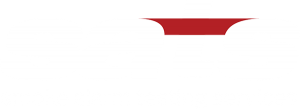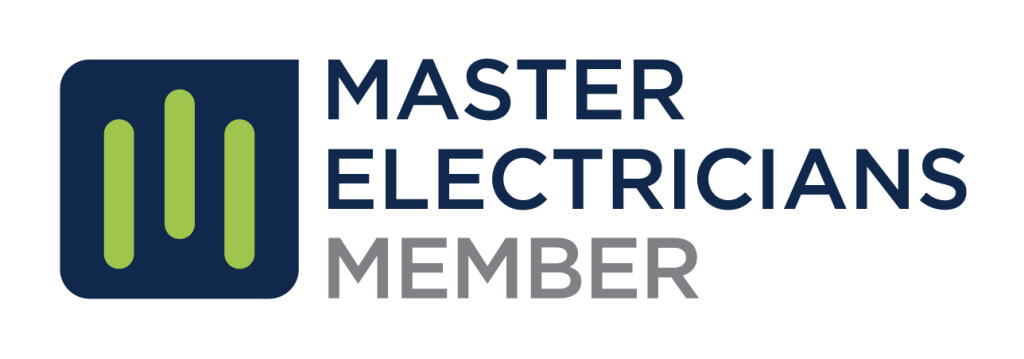What are the smoke alarm regulations for rental properties in ACT?
Information about smoke alarm legislation in the ACT isn’t as easy to find compared with other states. But landlords, property managers and tenants in the Australian Capital Territory need to know the regulations for smoke alarms to keep their properties and families safe.
What is regulated by the ACT Government and what ACT Fire & Rescue recommends also differs, but it’s fair to say the experts urge landlords and property managers to go beyond the minimum requirements to keep people and properties safe.
The legislation was amended back in 2017, with landlords having until August 24, 2018, to comply.
“If you haven’t updated the way you test, maintain and replace smoke alarms in your property, the time is now,” says Smoke Alarm Testing Services National Operations Manager Amber Mckenzie.
“We still run into properties each week that have failed to have their smoke alarms tested and maintained on a proper schedule. With the amended regulations and the modern standards expected by tenants, it’s just not enough.”
What does the legislation say?
The smoke alarms installed must meet the requirements of Australian Standard AS 3786, Smoke Alarms, with installation being the responsibility of the landlord.
An alarm must be installed in each storey of the building. On storeys with bedrooms, the alarm is to be located between the bedroom and the remainder of the building. Smoke alarms may be hardwired or battery operated, depending on the build date of the property.
Tenants are responsible for replacing smoke alarm batteries as required. ACT Fire & Rescue recommends replacing the battery annually and testing the operation of the alarm regularly.
It is important to note that ACT Fire & Rescue recommend that the smoke alarms installed should be hard-wired, interconnected and be a photoelectric-type smoke alarm. If you do have battery-type smoke alarms, the batteries should be replaced at least annually. A handy way to remember is to change the batteries when the clocks are changed.
Landlords are responsible for ensuring that smoke alarms are installed and functioning properly before tenants move in. Landlords must also ensure that smoke alarms are replaced within 10 years of the installation date.
Tenants are technically responsible for ensuring that smoke alarms are tested during their tenancy, but Mckenzie says landlords shouldn’t leave it to chance.
“No matter how good your tenants are, you should never leave testing and maintaining smoke alarms to chance,” she says.
“We run a rigid testing and maintenance schedule, with a handy online portal that shows when things have been done and by whom. It gives peace of mind to landlords, tenants and property managers.”
It’s worth mentioning that having a smoke alarm installed is one thing, but having it regularly tested and maintained is just as important. It can save lives in case of an emergency. Not only is it a legal requirement, but it is also a moral responsibility to ensure the safety of people and properties.
So where should smoke alarms be installed?
Smoke detectors should be placed in:
- Hallways near bedrooms
- If bedrooms are in different parts of the house, you must have alarms in each location
- If there are no hallways connecting bedrooms, alarms must be installed between the part of the home containing the bedroom and the rest of the house
- Each level of your home, even levels without bedrooms
Mckenzie says smoke alarms shouldn’t be installed in areas that trap hot air, or near windows, doors, fans or air conditioners, which can stop smoke from reaching the alarm.
“Places such as high up in cathedral-style ceilings, the corner of walls and ceilings, or between exposed floor joists can be a real problem,” she says.
“You should also avoid spots that may cause false or nuisance alarms. Areas in or near bathrooms and kitchens can cause false alarms with steam or cooking. And sometimes tenants tend to disconnect them if they cause too many false alarms, which is a big problem.”





